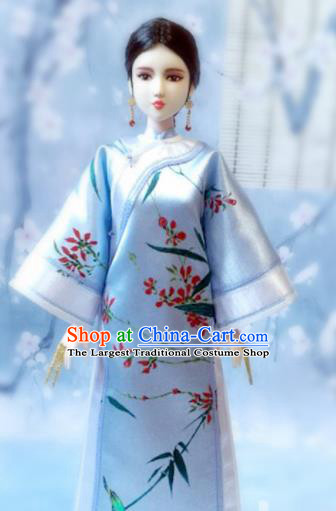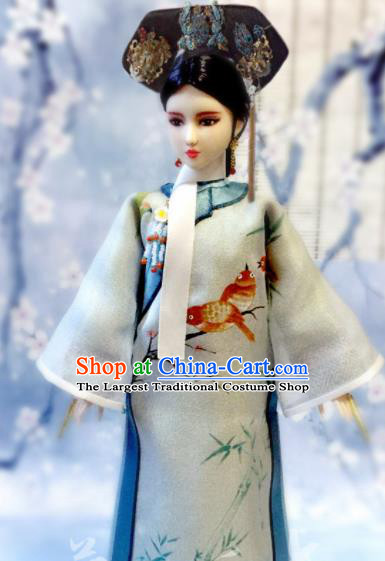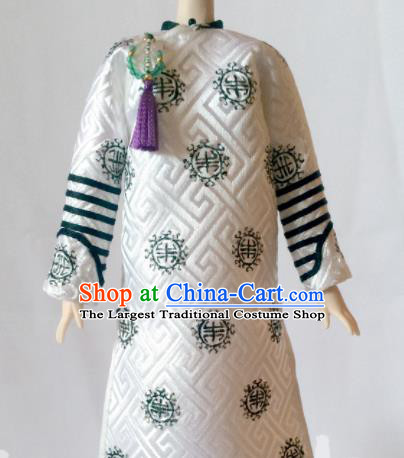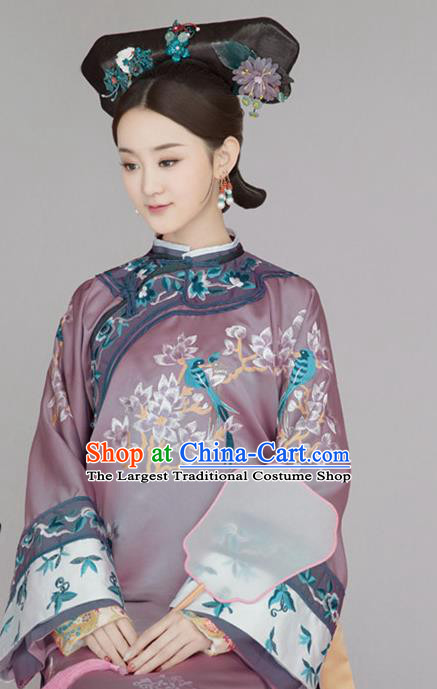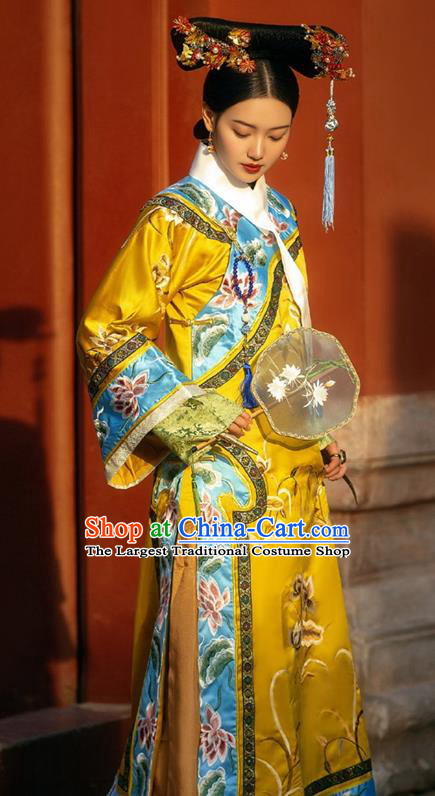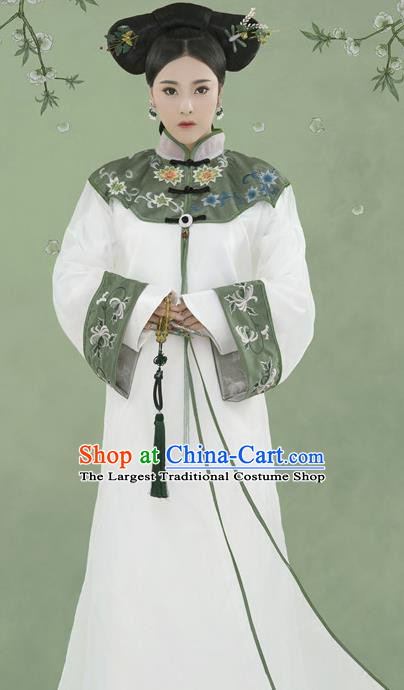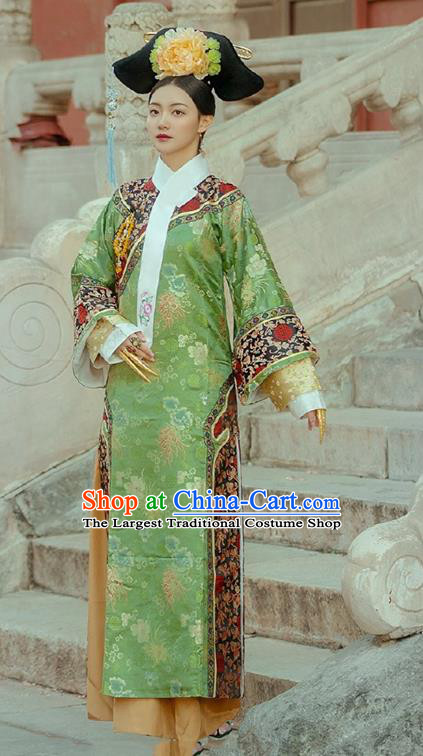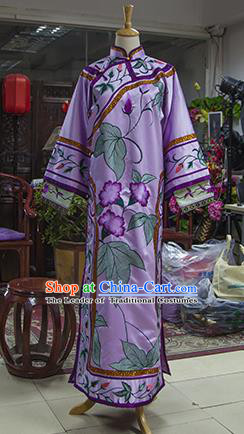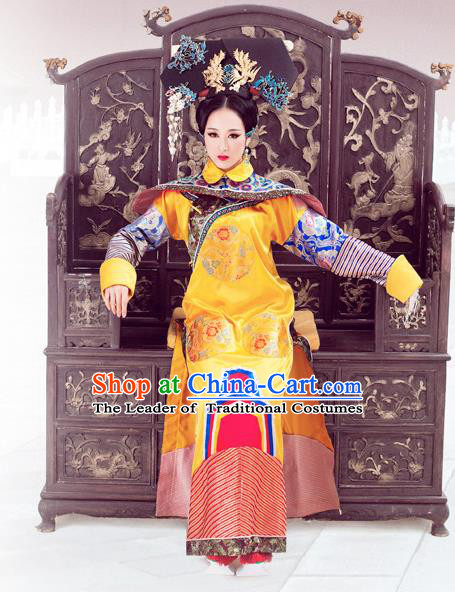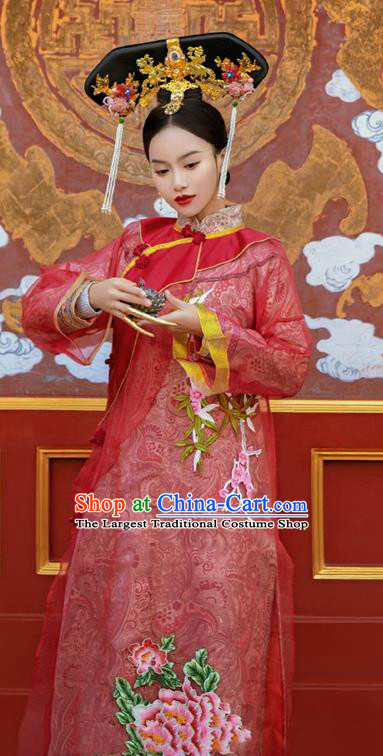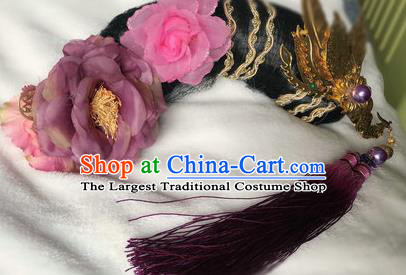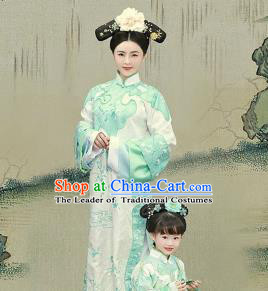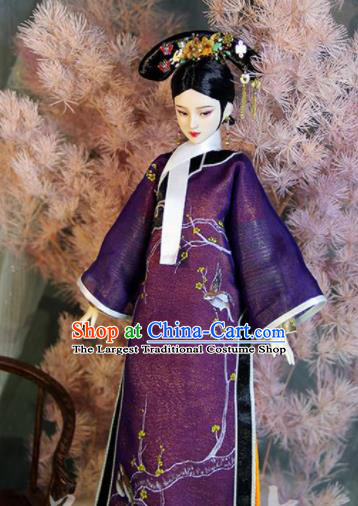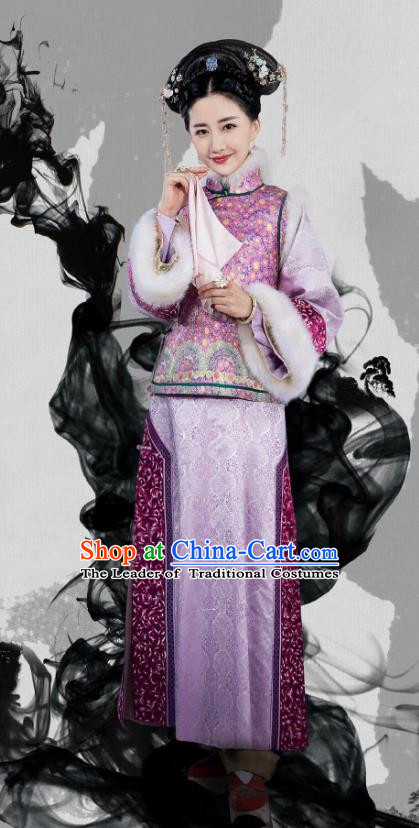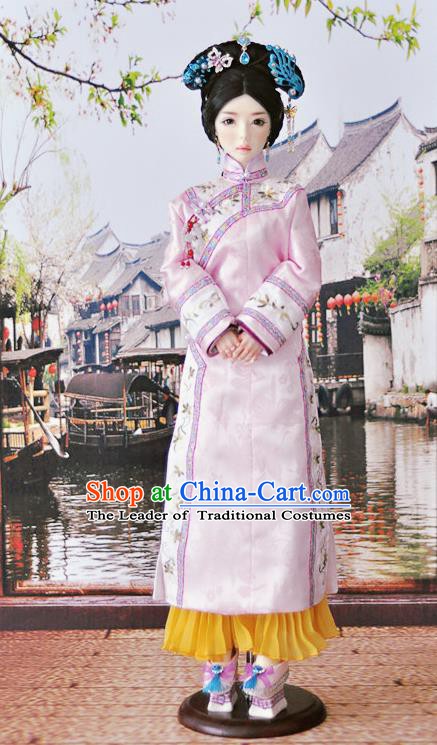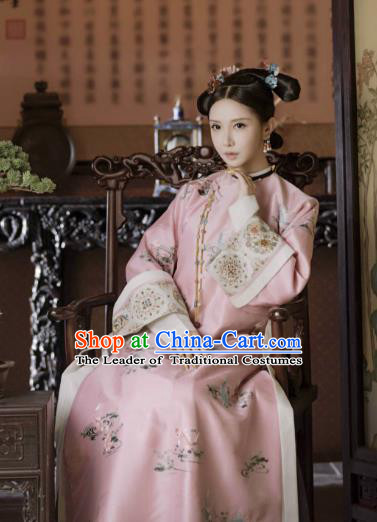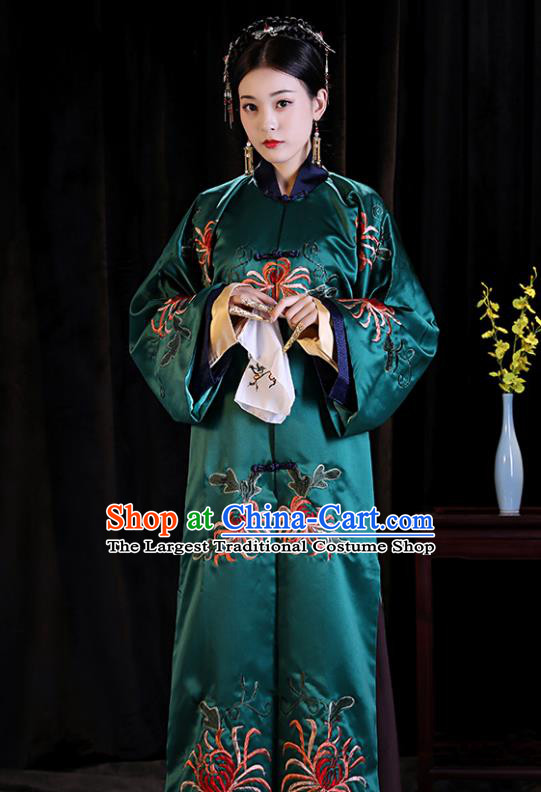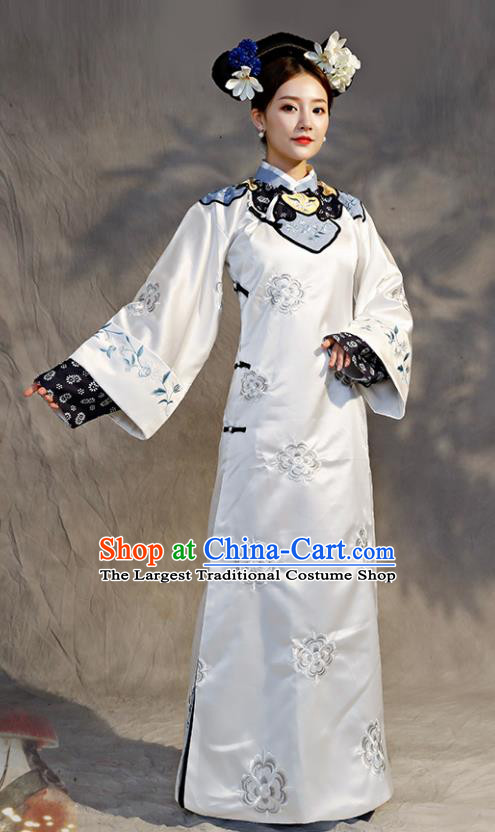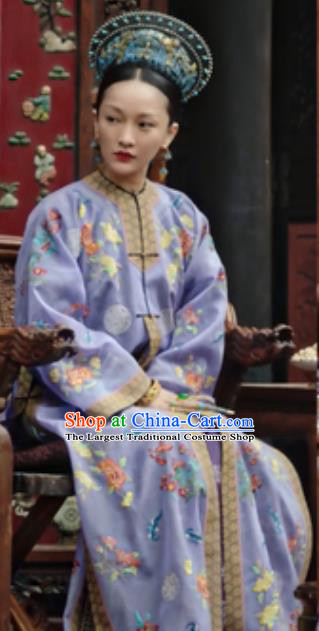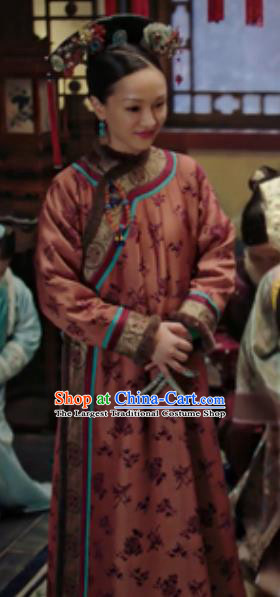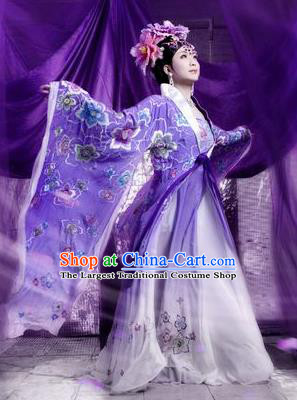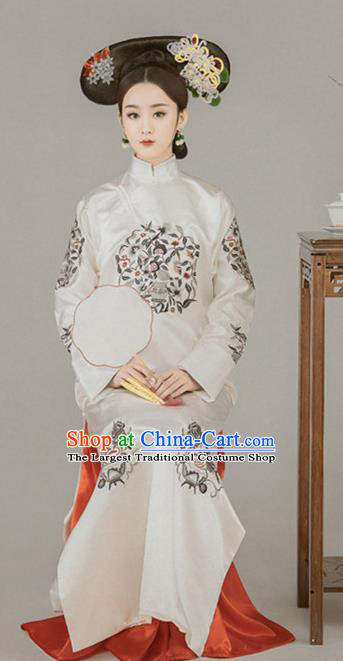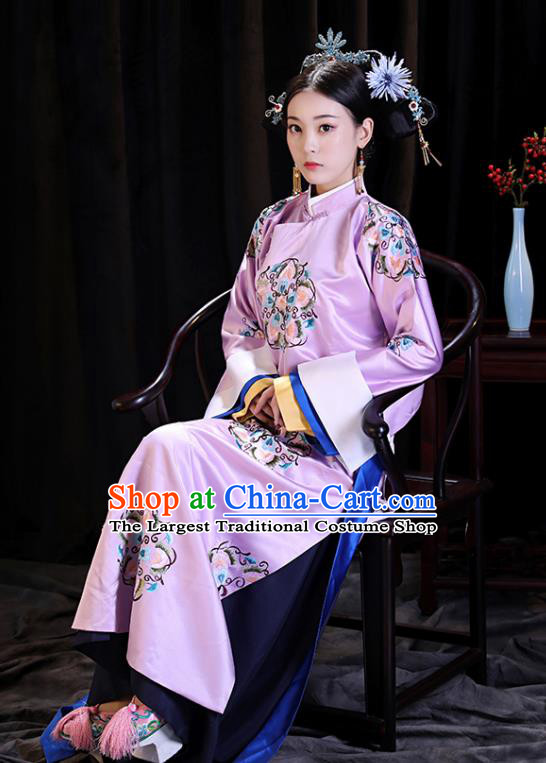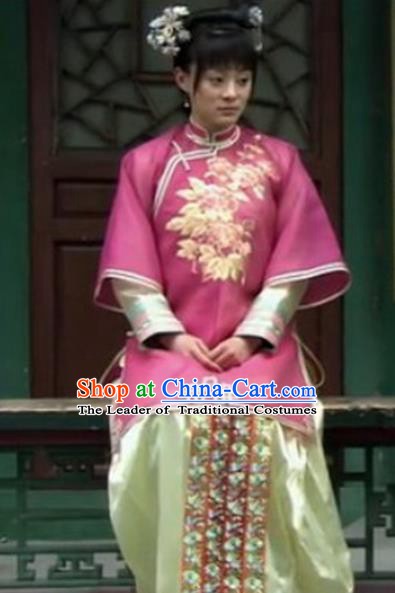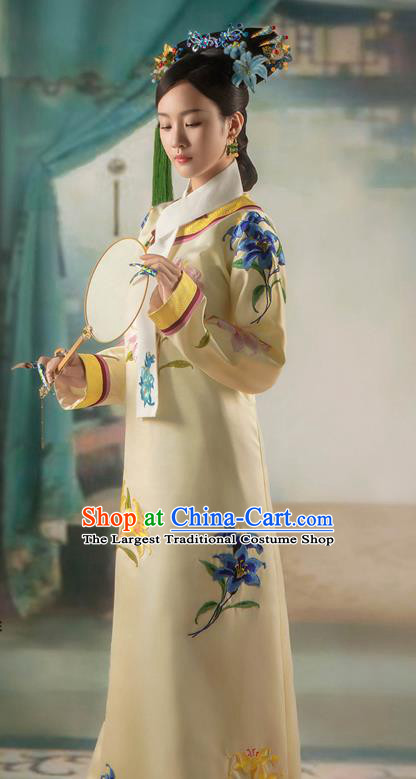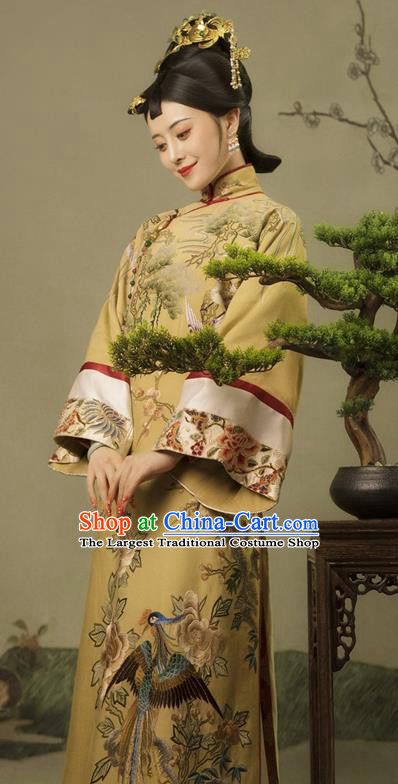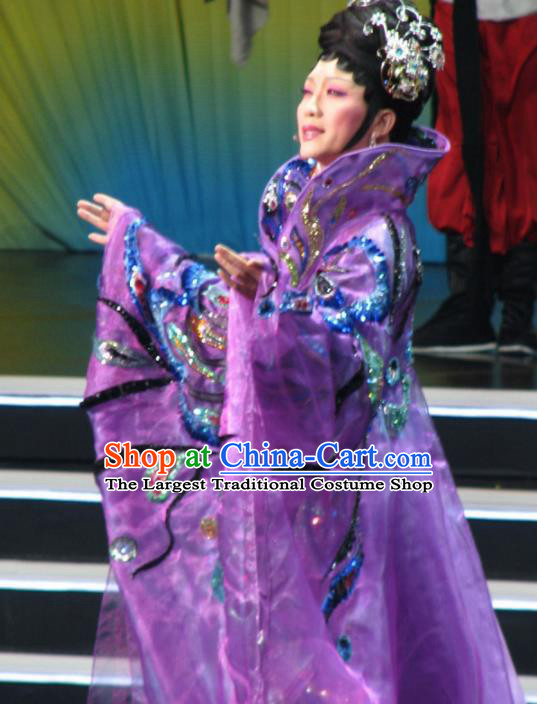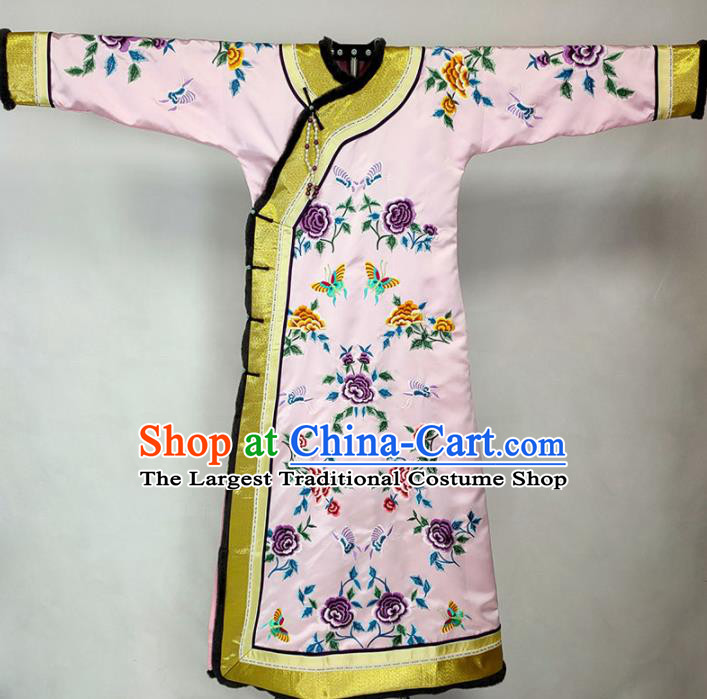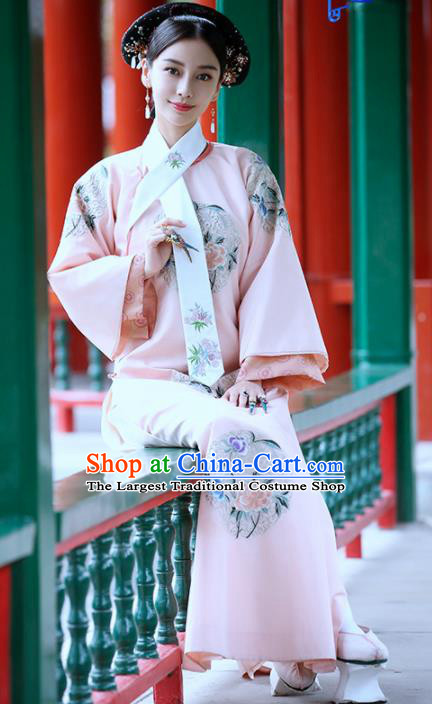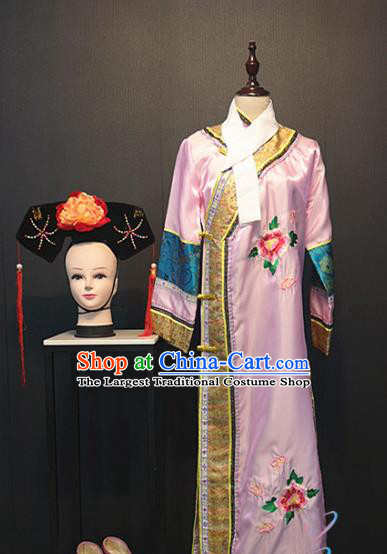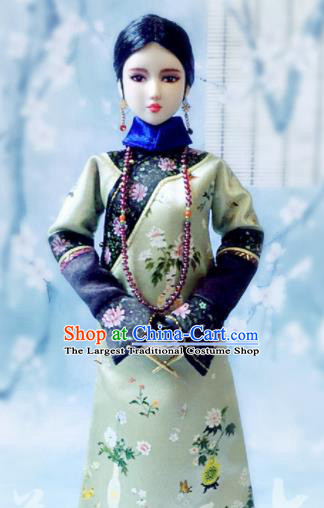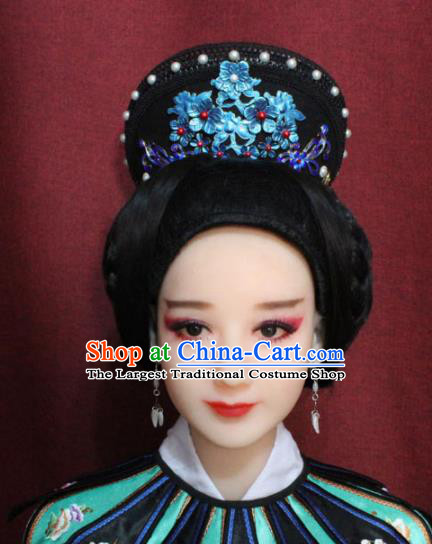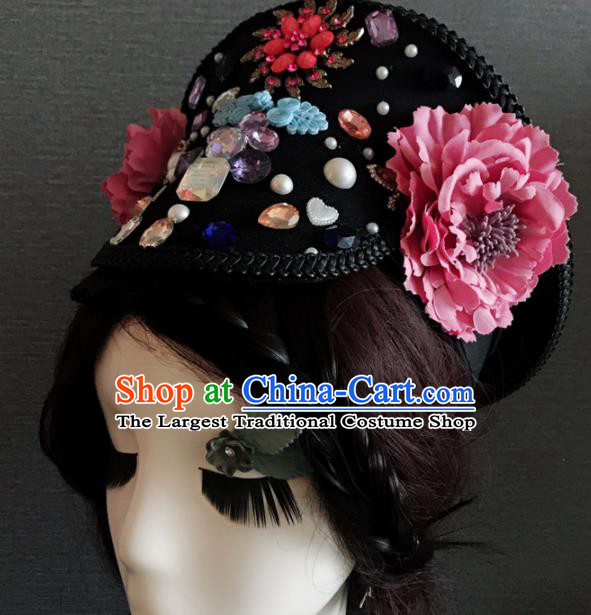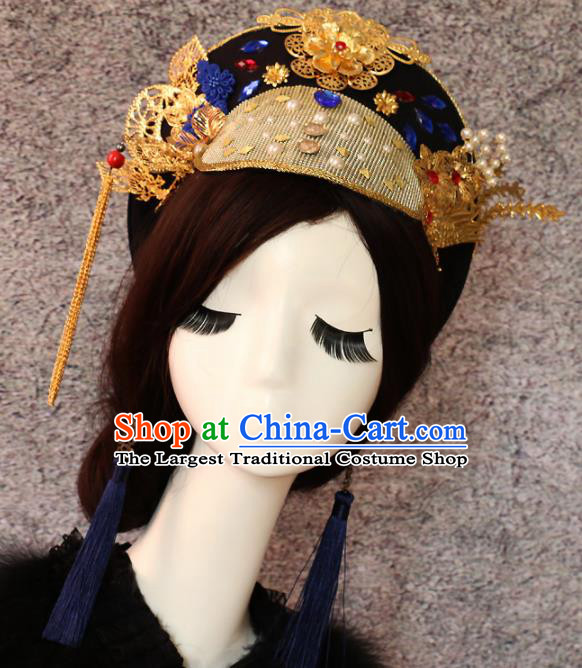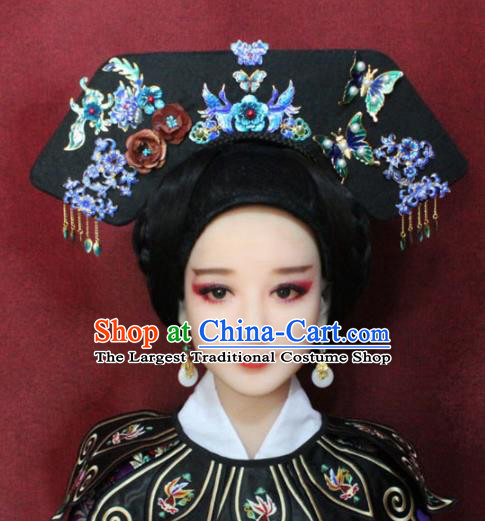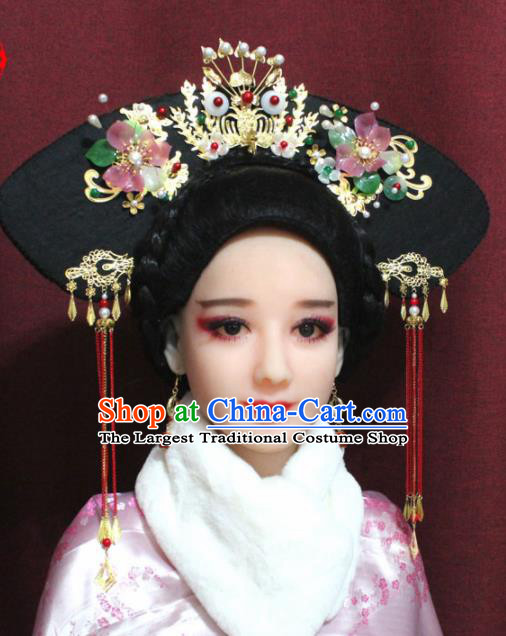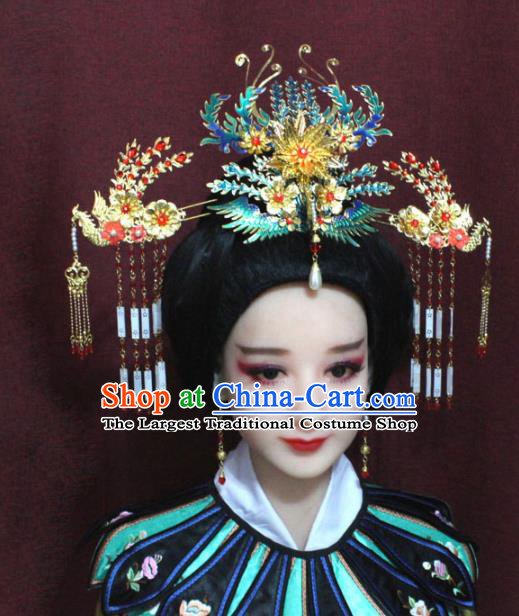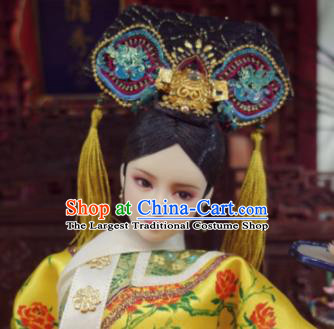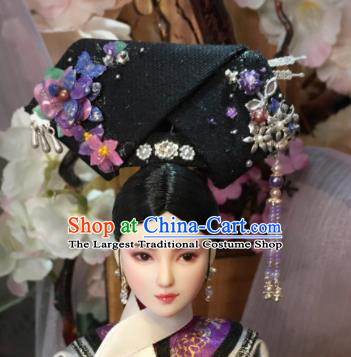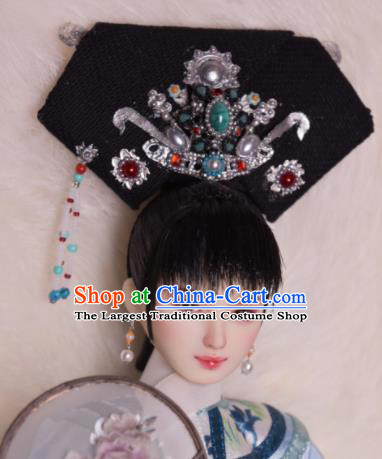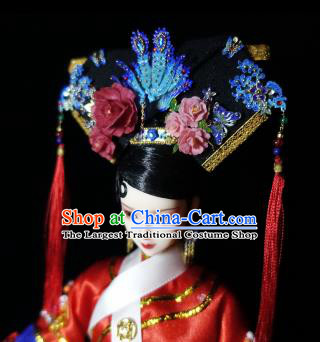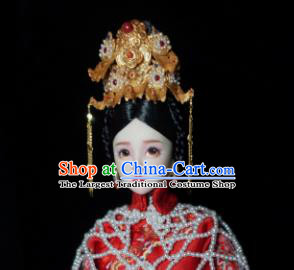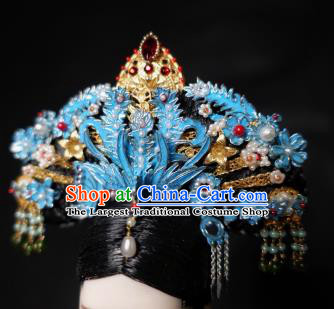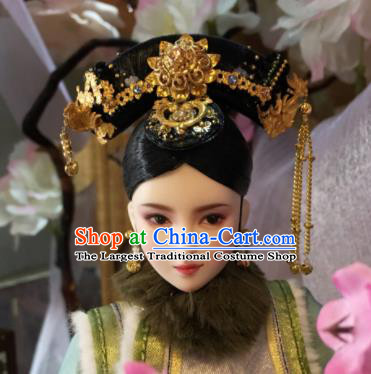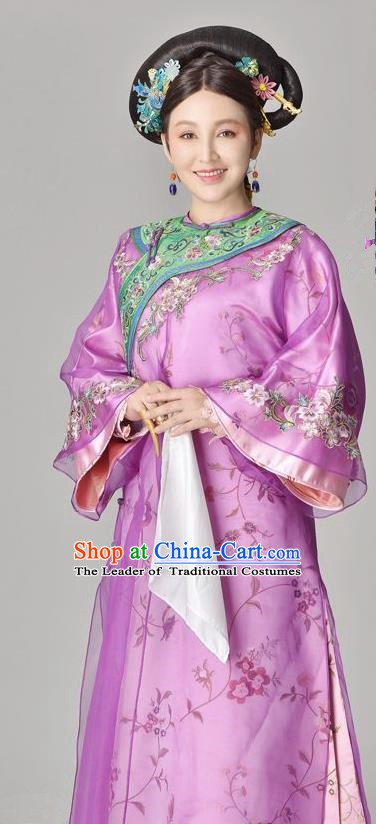
Click Related Pictures for More Audios:
This purple Manchu dress worn by a concubine of Emperor Kangxi in the Qing Dynasty of China is an artwork with rich historical and cultural significance.
It represents the clothing style of the Qing Dynasty, showcasing the social hierarchy system, aesthetic concepts, and pursuit of female beauty at that time.
The dress features traditional Manchu embroidery techniques, incorporating exquisite patterns and colors into various parts of the dress.
This technique was rare in China at that time as it required superb skills and abundant experience.
By observing the details on the dress, we can understand how craftsmen of that era expressed their emotions and creativity through different colors and patterns.
In addition, this dress also reflects the societal standards and expectations for female beauty during that period.
In the Qing Dynasty, women were expected to maintain an image of dignity, elegance, and humility.
Their clothing must comply with these standards and reflect the status and nobility of royal family members.
Therefore, this purple dress is not only an artwork but also a witness to that era, recording the values and aesthetics of that time.
Finally, this dress also has romantic significance.
It symbolizes eternal love and loyalty, representing mutual care and support among royal family members.
Its existence reminds us to cherish everything we have and infuse our lives with beautiful emotions and memories.















